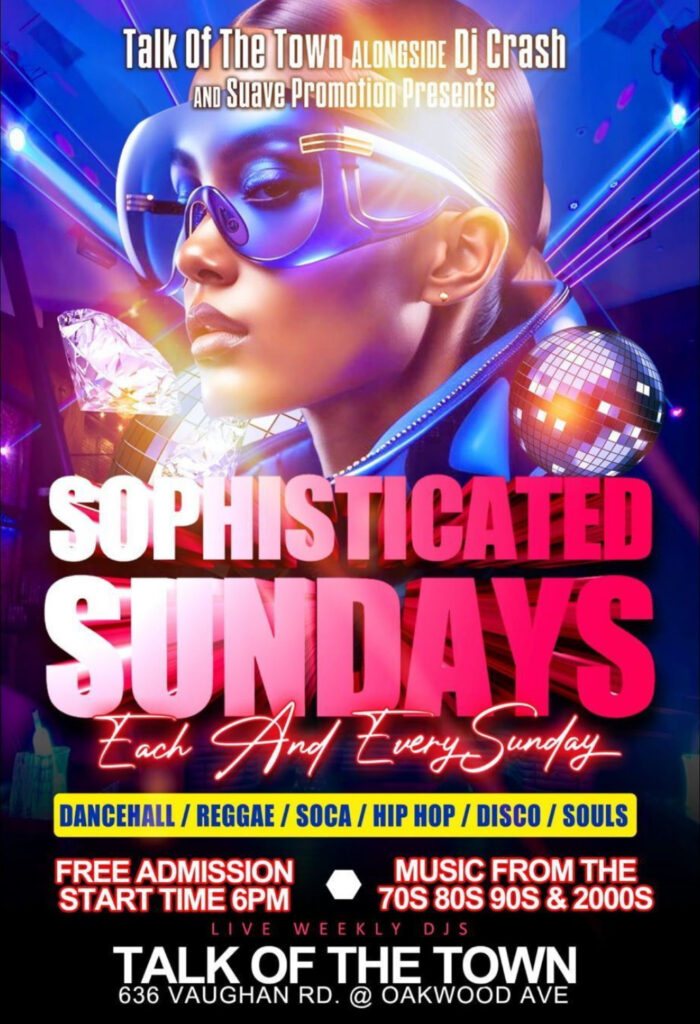HISTORY OF THE WORD BLOODCLAT
The term “bloodclat” originates from Jamaican Patois, which is an English-based creole language with West African influences and contributions from various other languages. The word is deeply embedded in Jamaican culture and language and is often considered a strong expletive. It combines “blood” and “cloth,” originally referring to a sanitary cloth, which has carried connotations of being messy or troublesome.
Jamaican Patois emerged during the transatlantic slave trade when African slaves were brought to Jamaica. The slaves, coming from diverse linguistic backgrounds, created a creole as a means of communication both with each other and with the English-speaking colonizers. In this context, “bloodclat” evolved as a term of exasperation or profanity, akin to swearing in other languages.
In a broader cultural sense, Jamaican music, particularly reggae and dancehall, played a significant role in popularizing Jamaican Patois globally. Artists such as Bob Marley and later dancehall stars like Beenie Man and Sean Paul helped spread Patois expressions, including “bloodclat,” beyond Jamaica’s borders.
Despite its widespread use, “bloodclat” is considered offensive in Jamaican culture and is often censored or softened in formal settings. It reflects the vibrancy and complexity of Jamaican linguistic heritage, representing a fusion of history, cultural resistance, and identity formation. As language continues to evolve, terms like “bloodclat” highlight the dynamic nature of cultural expression and the enduring influence of Jamaican culture worldwide.





